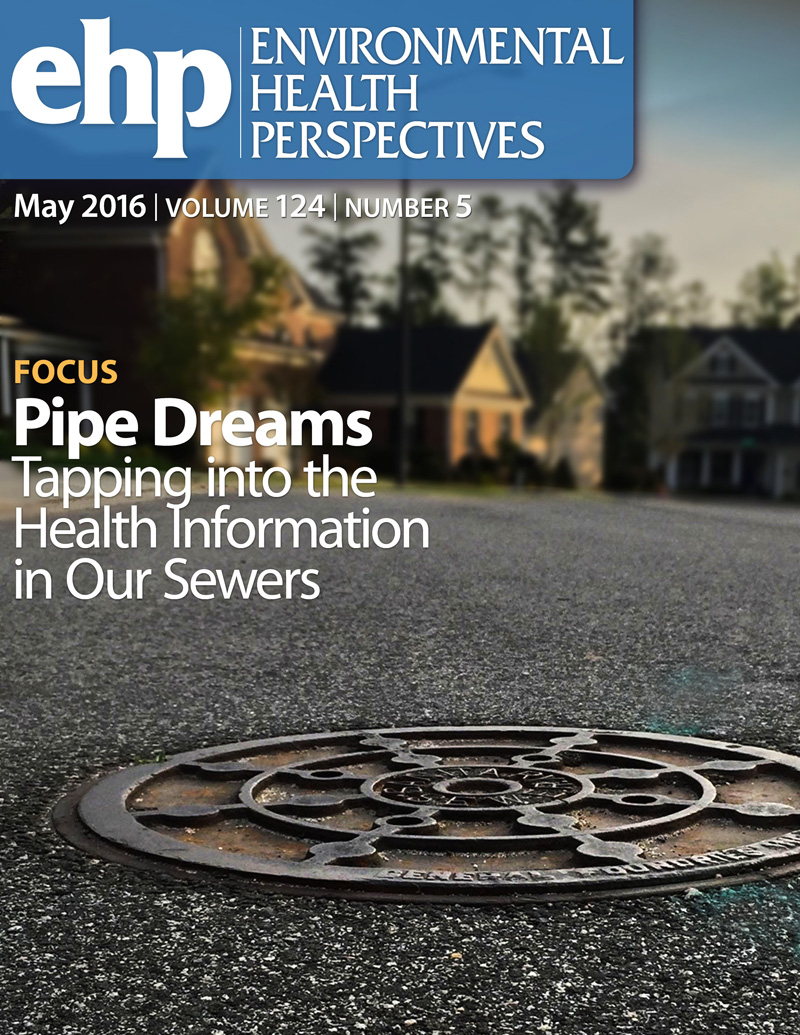利用基于机器学习的新概率模型和德国氡调查数据绘制高分辨率室内氡地图。
IF 10.1
1区 环境科学与生态学
Q1 ENVIRONMENTAL SCIENCES
引用次数: 0
摘要
背景氡是一种可致癌的放射性气体,可在室内积聚,人类的感官无法察觉。因此,准确了解室内氡浓度对于评估与氡相关的健康影响或确定氡易发地区至关重要。然而,由于存在大量控制室内氡浓度的相关因素,如地质氡或楼层水平,采样家庭的特征往往与目标人群的特征不同。此外,样本量通常无法进行高空间分辨率的估算。我们提出了一种基于模型的方法,与纯粹基于数据的方法相比,这种方法能够以更高的空间分辨率对室内氡的分布进行更真实的估算。方法采用多阶段建模方法,应用量子回归森林,将环境和建筑数据作为预测因子,估算德国每栋住宅楼每层的室内氡概率分布函数。根据估算出的概率分布函数,采用概率蒙特卡罗抽样技术,对楼层预测结果进行组合和群体加权。结果表明,德国住宅室内氡的分布近似对数正态分布,算术平均值为 63 Bq/m3,几何平均值为 41 Bq/m3,第 95 百分位数为 180 Bq/m3。100 Bq/m3 和 300 Bq/m3 的超标概率分别为 12.5%(1050 万人受到影响)和 2.2%(190 万人受到影响)。在大城市,个人室内氡浓度的估计值通常低于农村地区,这是由于人口在楼层上的分布不同。我们的方法的优点是:a) 即使调查在楼层和土壤中的氡浓度方面不完全具有代表性,也能准确估计室内氡浓度;b) 对室内氡分布的估计具有比基本描述性统计高得多的空间分辨率。https://doi.org/10.1289/EHP14171。本文章由计算机程序翻译,如有差异,请以英文原文为准。
Development of a High-Resolution Indoor Radon Map Using a New Machine Learning-Based Probabilistic Model and German Radon Survey Data.
BACKGROUND
Radon is a carcinogenic, radioactive gas that can accumulate indoors and is undetected by human senses. Therefore, accurate knowledge of indoor radon concentration is crucial for assessing radon-related health effects or identifying radon-prone areas.
OBJECTIVES
Indoor radon concentration at the national scale is usually estimated on the basis of extensive measurement campaigns. However, characteristics of the sampled households often differ from the characteristics of the target population owing to the large number of relevant factors that control the indoor radon concentration, such as the availability of geogenic radon or floor level. Furthermore, the sample size usually does not allow estimation with high spatial resolution. We propose a model-based approach that allows a more realistic estimation of indoor radon distribution with a higher spatial resolution than a purely data-based approach.
METHODS
A multistage modeling approach was used by applying a quantile regression forest that uses environmental and building data as predictors to estimate the probability distribution function of indoor radon for each floor level of each residential building in Germany. Based on the estimated probability distribution function, a probabilistic Monte Carlo sampling technique was applied, enabling the combination and population weighting of floor-level predictions. In this way, the uncertainty of the individual predictions is effectively propagated into the estimate of variability at the aggregated level.
RESULTS
The results show an approximate lognormal distribution of indoor radon in dwellings in Germany with an arithmetic mean of 63 Bq/m3, a geometric mean of 41 Bq/m3, and a 95th percentile of 180 Bq/m3. The exceedance probabilities for 100 and 300 Bq/m3 are 12.5% (10.5 million people affected) and 2.2% (1.9 million people affected), respectively. In large cities, individual indoor radon concentration is generally estimated to be lower than in rural areas, which is due to the different distribution of the population on floor levels.
DISCUSSION
The advantages of our approach are that is yields a) an accurate estimation of indoor radon concentration even if the survey is not fully representative with respect to floor level and radon concentration in soil, and b) an estimate of the indoor radon distribution with a much higher spatial resolution than basic descriptive statistics. https://doi.org/10.1289/EHP14171.
求助全文
通过发布文献求助,成功后即可免费获取论文全文。
去求助
来源期刊

Environmental Health Perspectives
环境科学-公共卫生、环境卫生与职业卫生
CiteScore
14.40
自引率
2.90%
发文量
388
审稿时长
6 months
期刊介绍:
Environmental Health Perspectives (EHP) is a monthly peer-reviewed journal supported by the National Institute of Environmental Health Sciences, part of the National Institutes of Health under the U.S. Department of Health and Human Services. Its mission is to facilitate discussions on the connections between the environment and human health by publishing top-notch research and news. EHP ranks third in Public, Environmental, and Occupational Health, fourth in Toxicology, and fifth in Environmental Sciences.
 求助内容:
求助内容: 应助结果提醒方式:
应助结果提醒方式:


